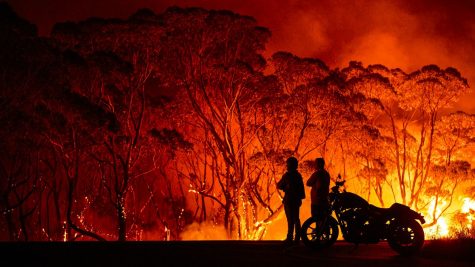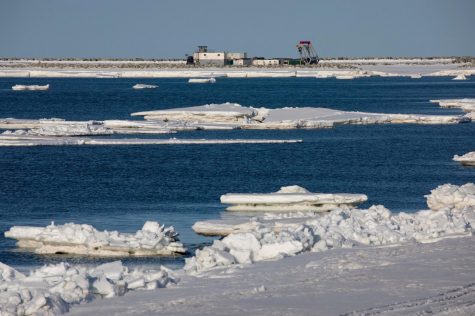2019 Was the Second Warmest Year Ever Recorded
According to analyses by NASA and the National Oceanic and Atmospheric Administration (NOAA), the average temperature on Earth in 2019 was the second-highest since it began being recorded in 1880.
According to NASA scientists, the average temperature in 2019 was 1.8 degrees Fahrenheit or 0.98 degrees Celsius warmer than the average over 30 years from 1951 to 1980. NASA estimates that this change is accurate within 0.1 degrees Fahrenheit with 95% certainty. The small amount of possible error is due to them not having as many weather stations to measure the temperature before. NOAA has similar findings to NASA, reporting the average temperature in 2019 being 1.71 degrees Fahrenheit or 0.95 degrees Celsius above average. 2016 was the only year that had a higher average temperature than 2019 . The last five years were also the hottest 5 years on record.
These findings show the continuation of the long warming trend caused by greenhouse gases. Scientists have linked this trend to the increased levels of greenhouse gas levels in the atmosphere. When solar radiation reaches the Earth, the amount that isn’t absorbed is reflected back towards space. Greenhouse gases can absorb the light and reflect more solar radiation back towards Earth, this brings more heat towards the Earth. As more greenhouse gases are put into the atmosphere by human activities, more solar radiation is reflected back towards Earth, making the Earth warmer.
If it didn’t feel that much warmer to you in the U.S. then you’d be right. In the 48 connected United States, 2019 was the 34th warmest year on record and only slightly warmer than the average. Even though the planet’s average temperature was much higher, not every place warmed exactly by that amount. However, severe warming in some areas has had a destructive impact.

Australia’s fire season is one of the worst in its history and the severity of it is partially due to climate change. The Australian Bureau of Meteorology said, “Climate change is increasing bushfire risk in Australia by lengthening the fire season, decreasing precipitation and increasing temperature.” Climate change does not start fires itself but it causes droughts which results in vegetation being dry, giving fires more fuel to burn.

Alaska, unlike the rest of the U.S., had severe temperature increases of about 3 degrees Fahrenheit. This increased temperature led to the melting of glaciers and layers of snow that normally stay frozen throughout the year, or permafrost. The melting of permafrost releases methane which is a greenhouse gas. The melting of snow cover also causes less solar radiation to be reflected.
Ultimately, the results of climate change cause the planet to warm even more in a climate change feedback loop. It’s important that every country takes steps to reduce their carbon emissions to stop the warming trend to protect the planet and the life on it.








